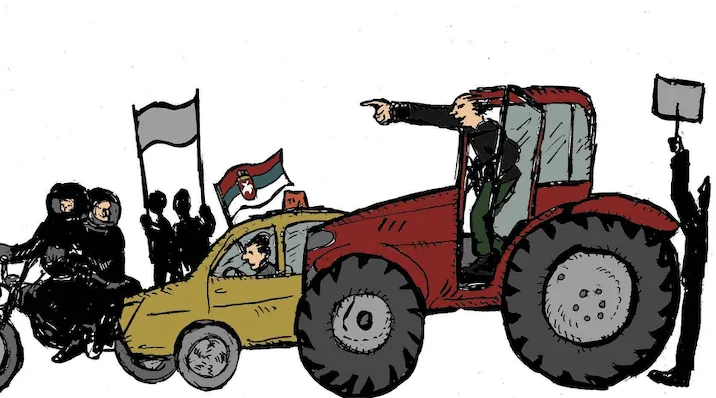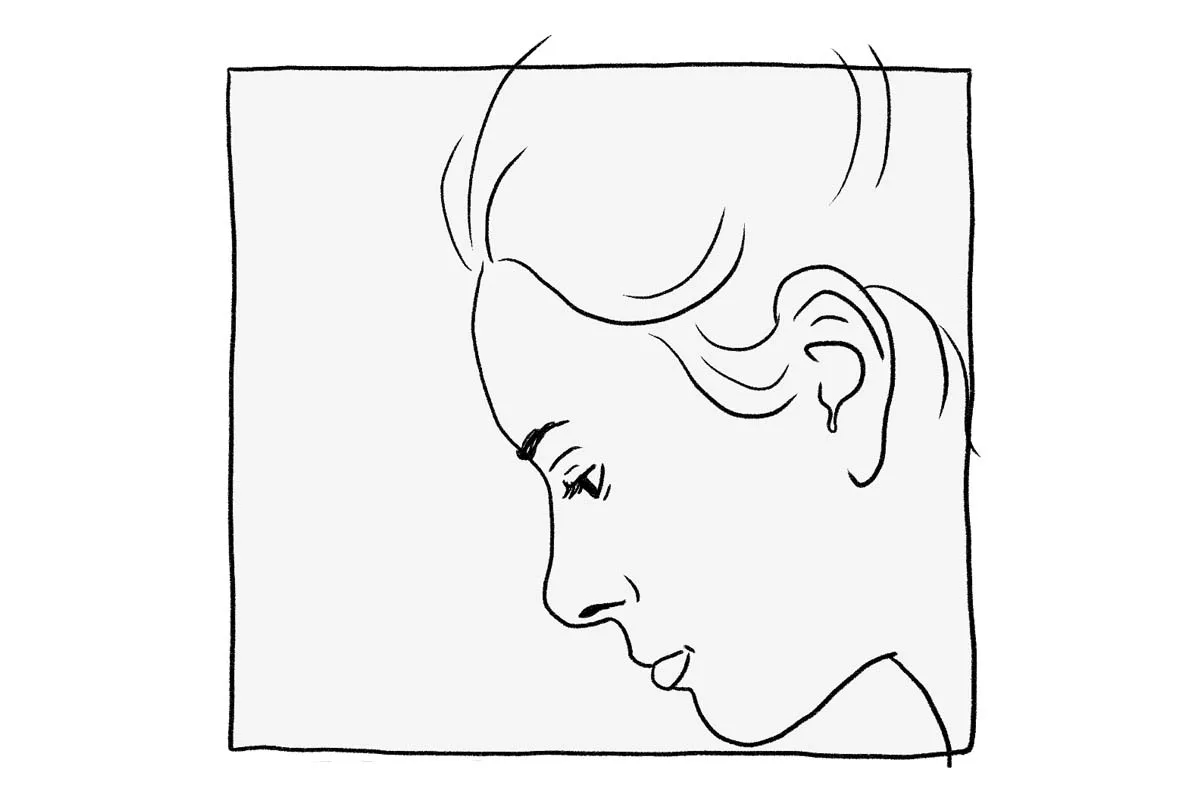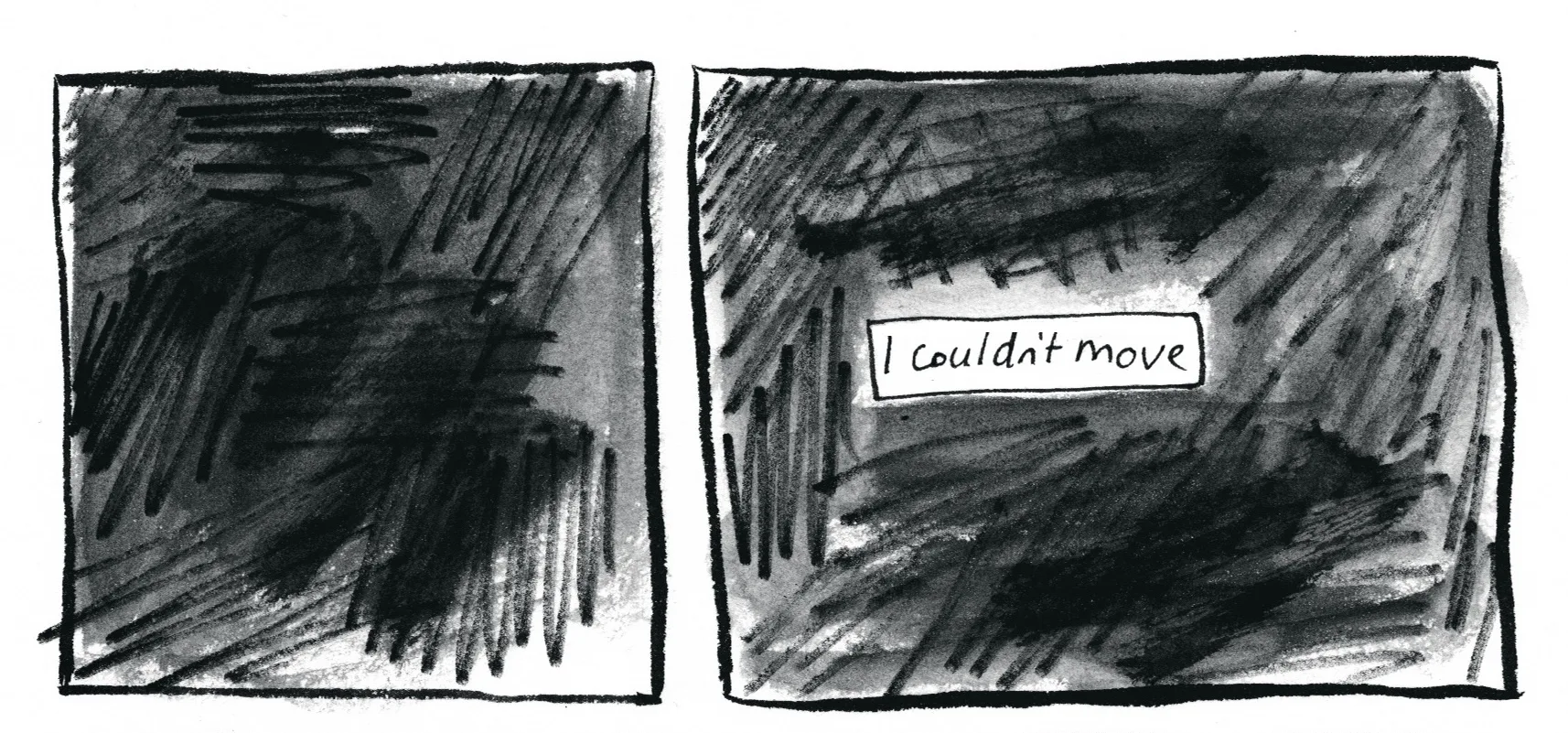The stories in this comic are composite characters based on in-depth interviews with students experiencing homelessness across the country.
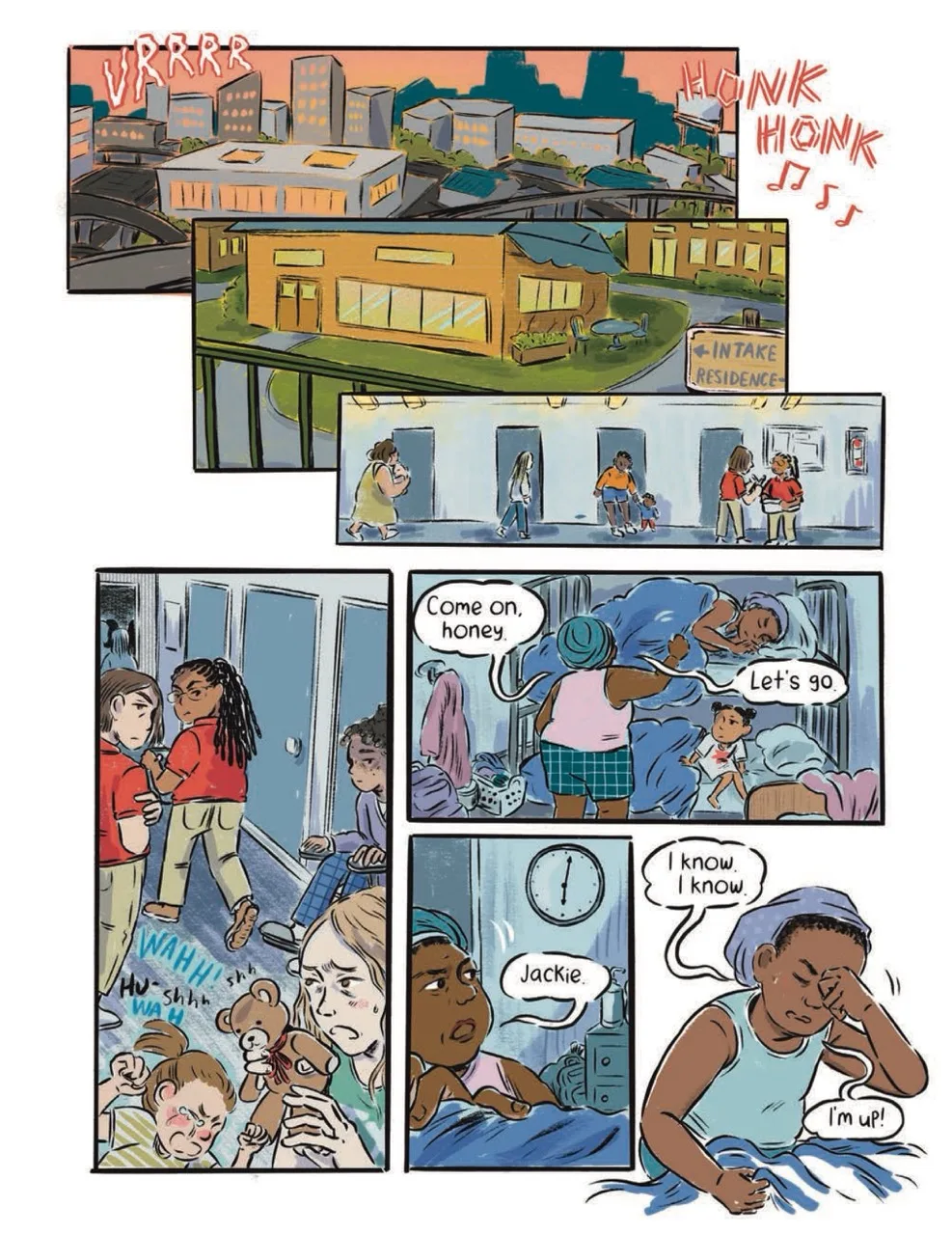
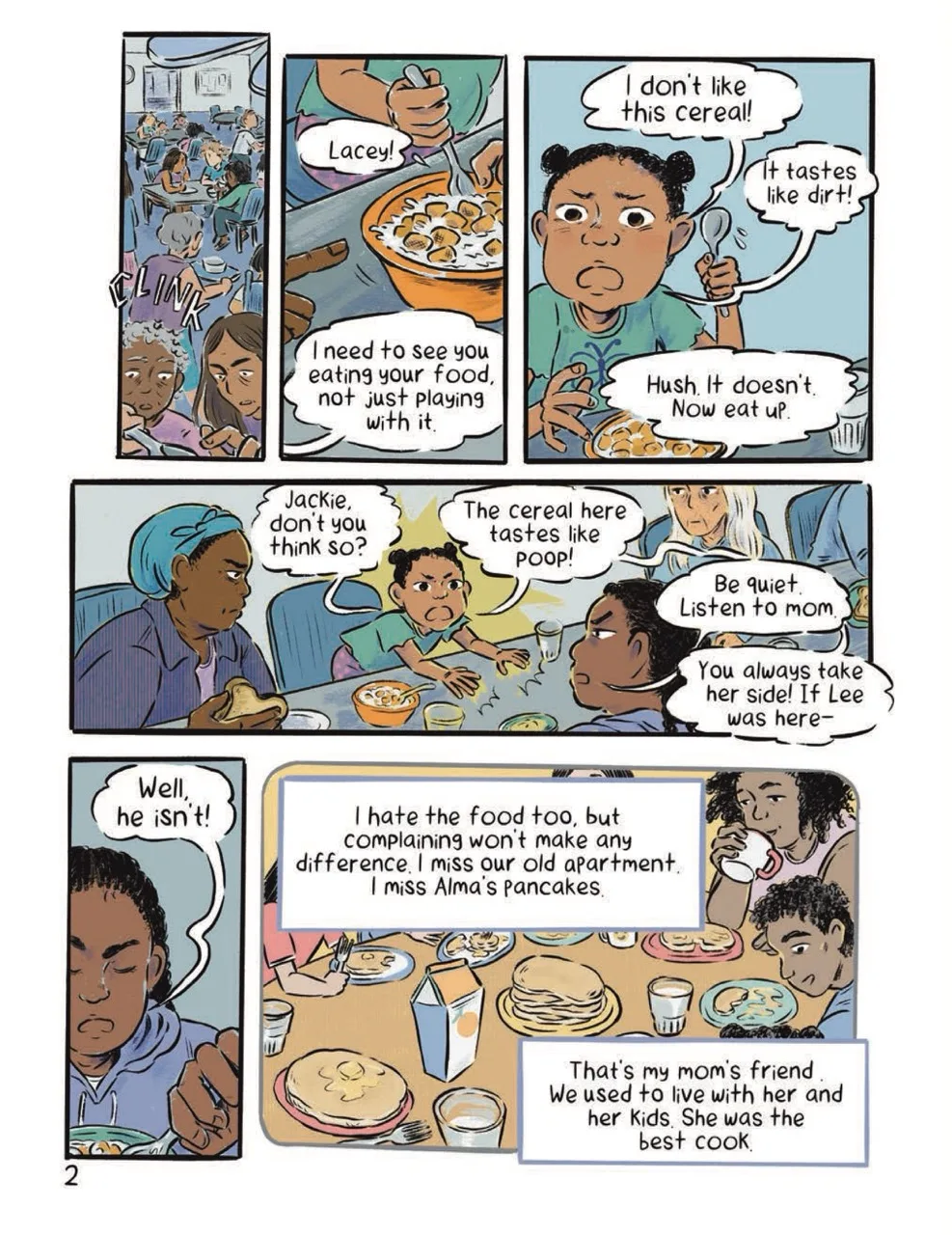
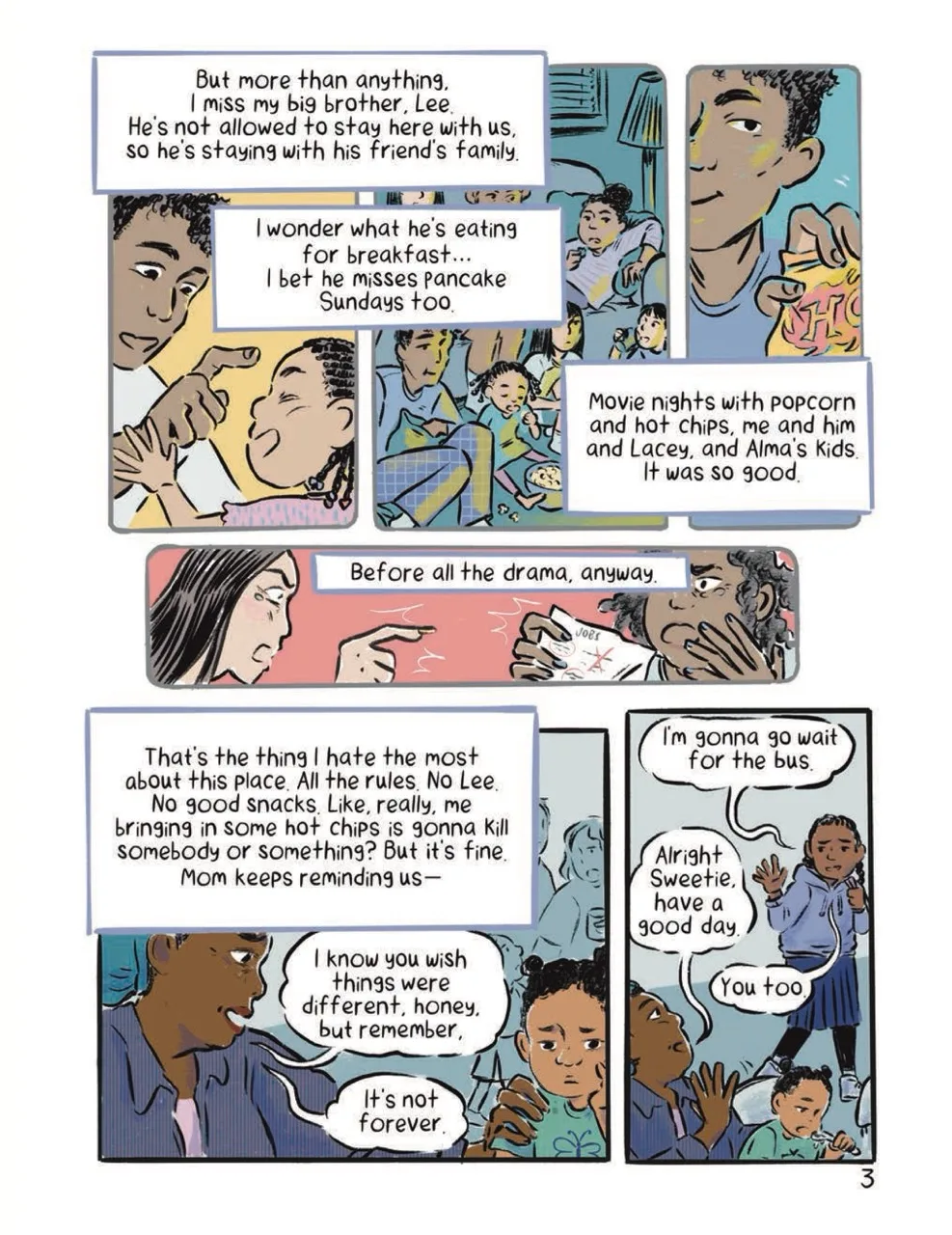

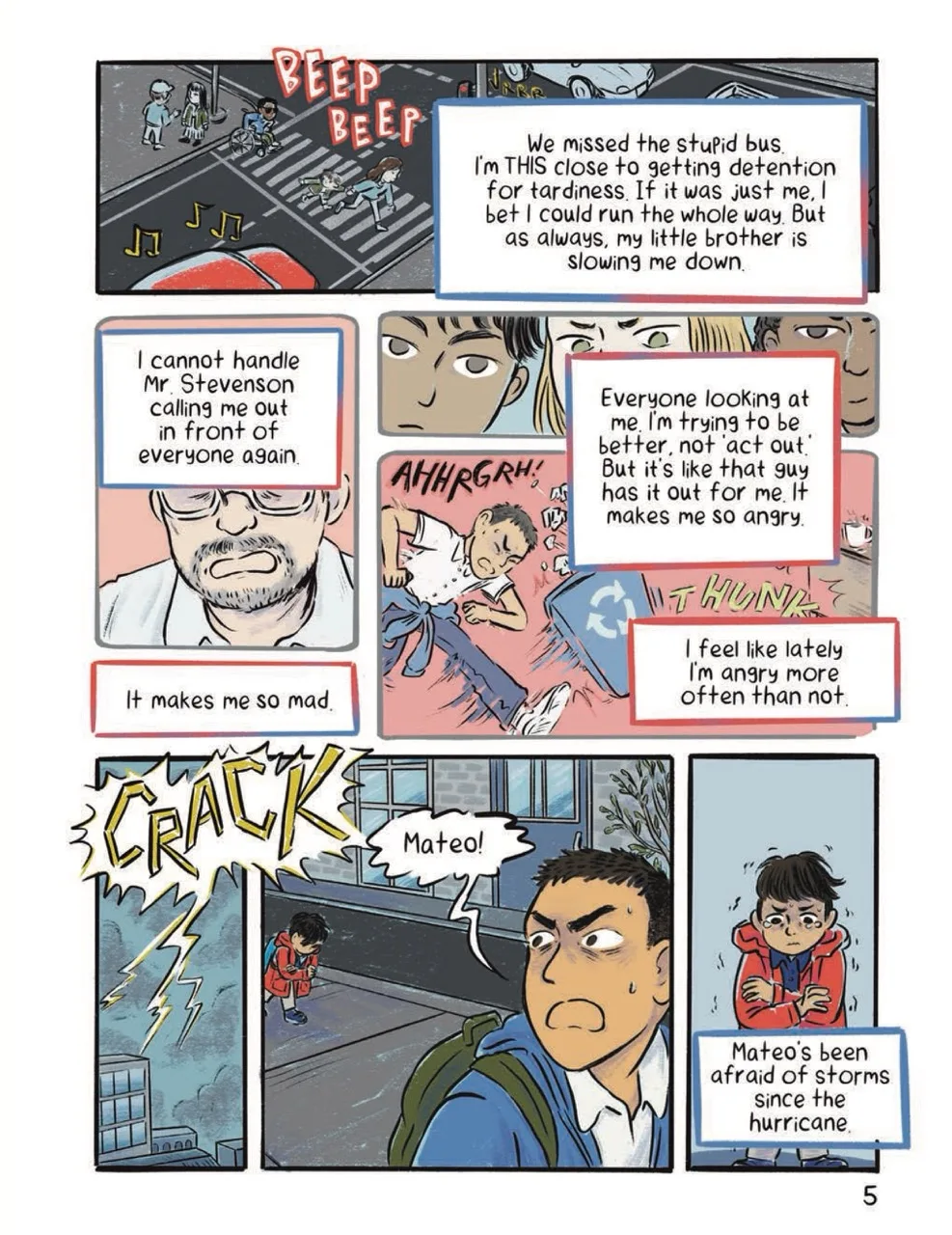
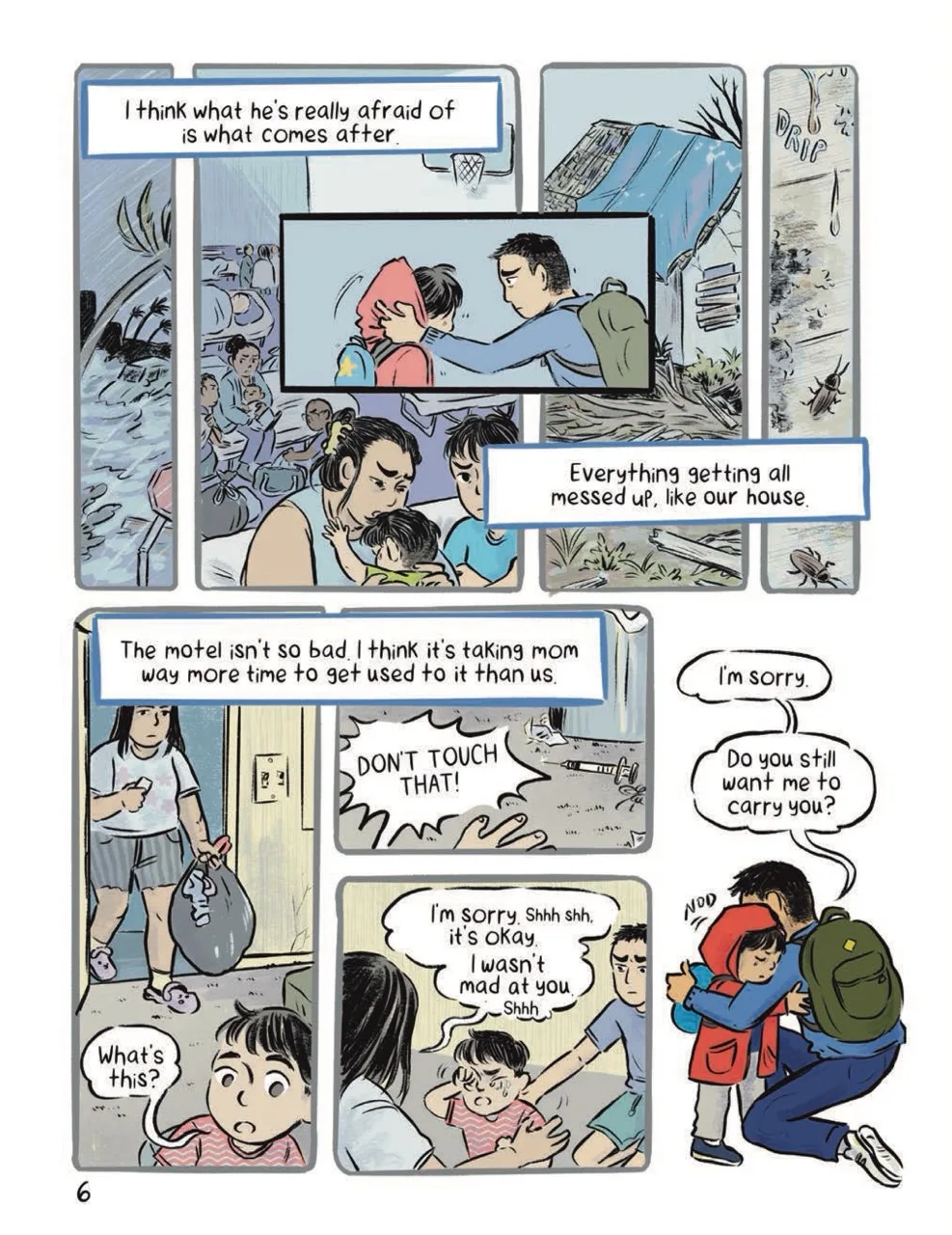
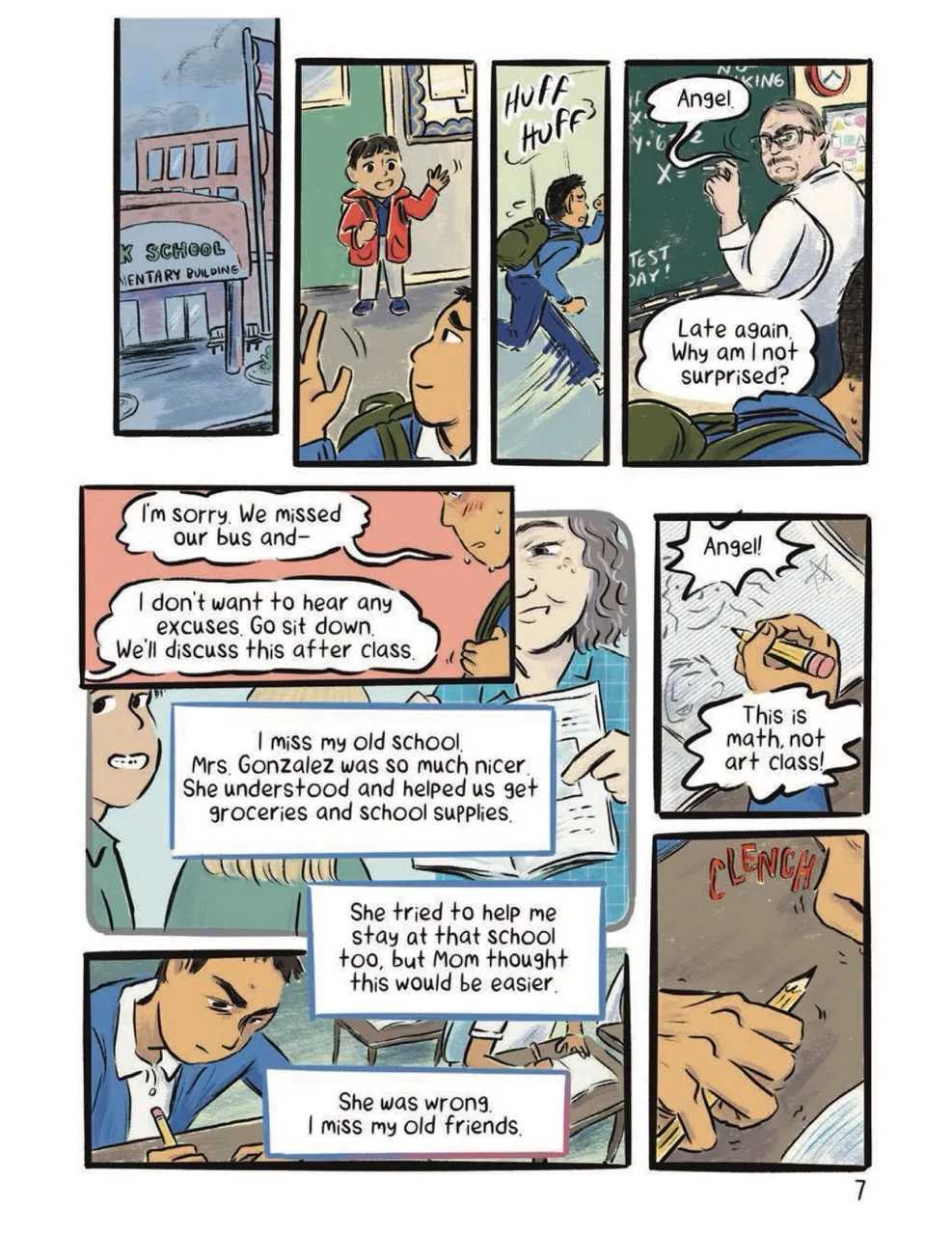
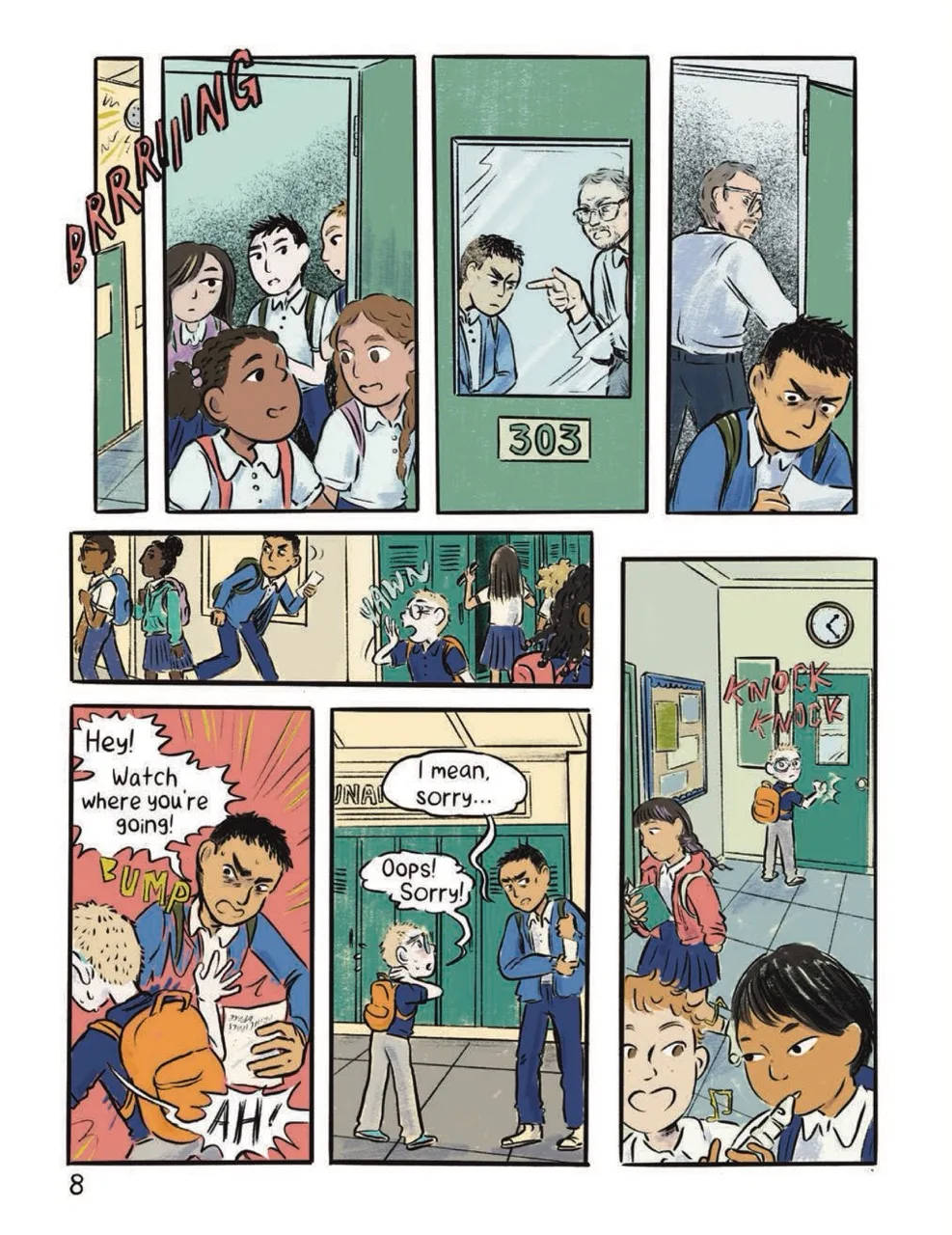

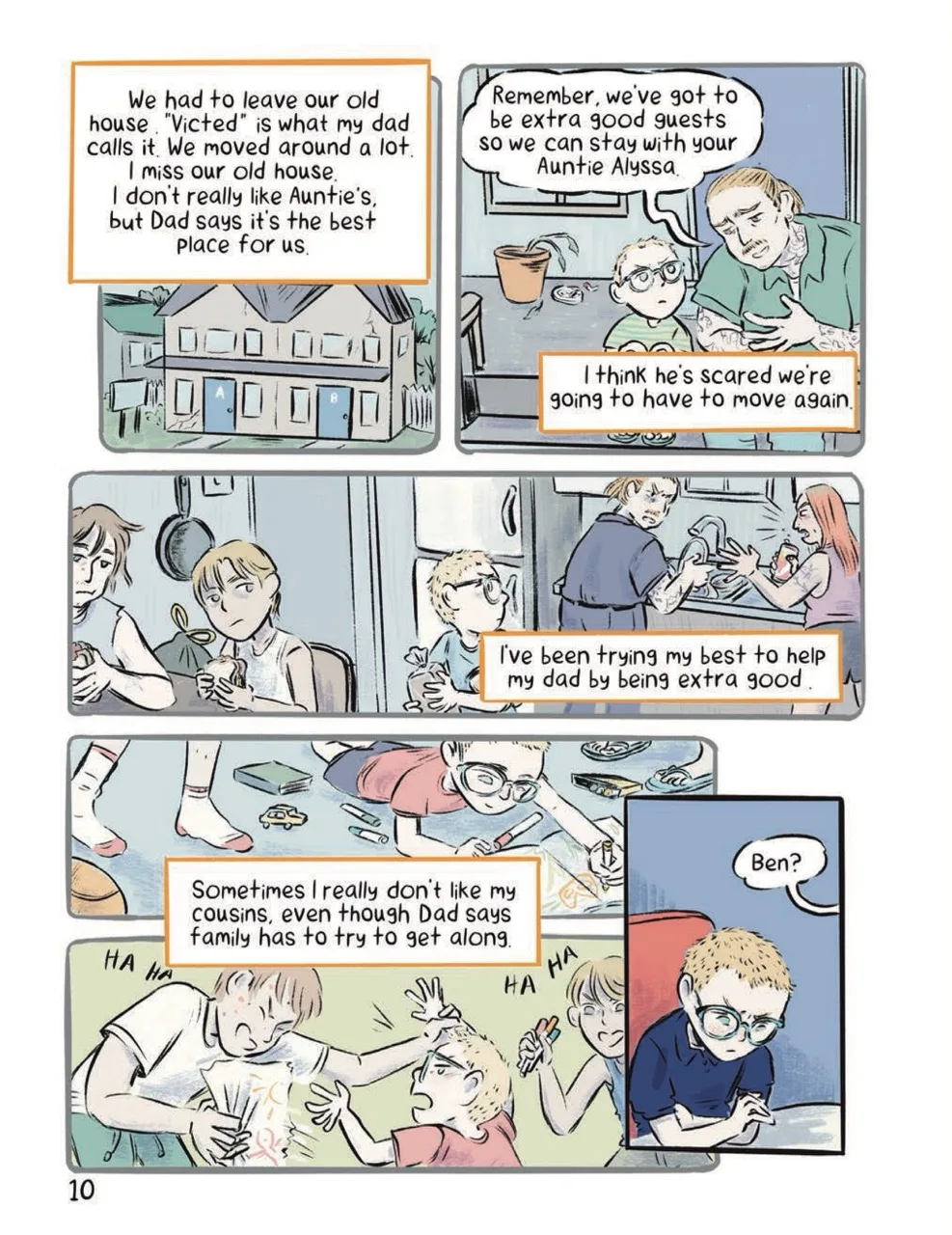
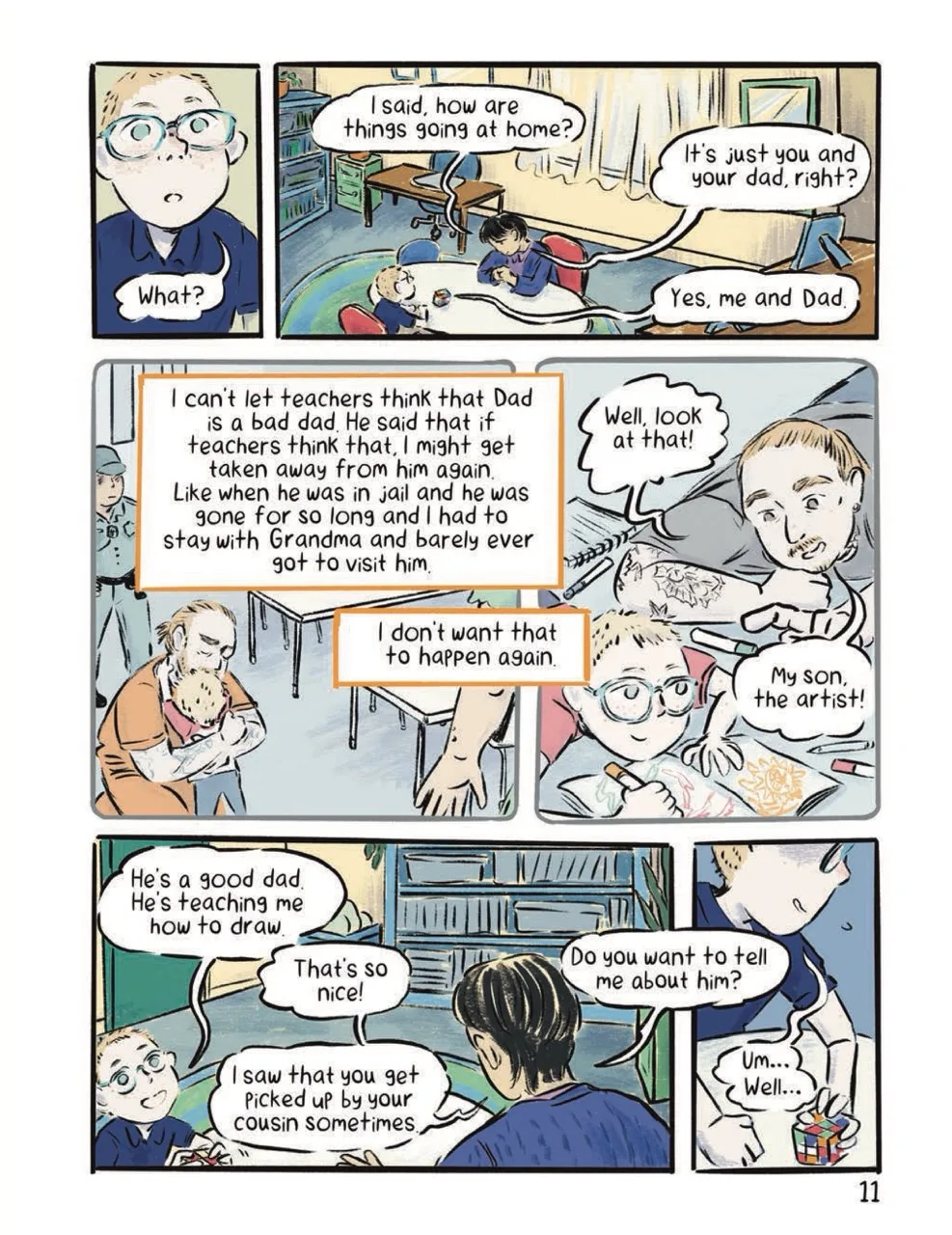
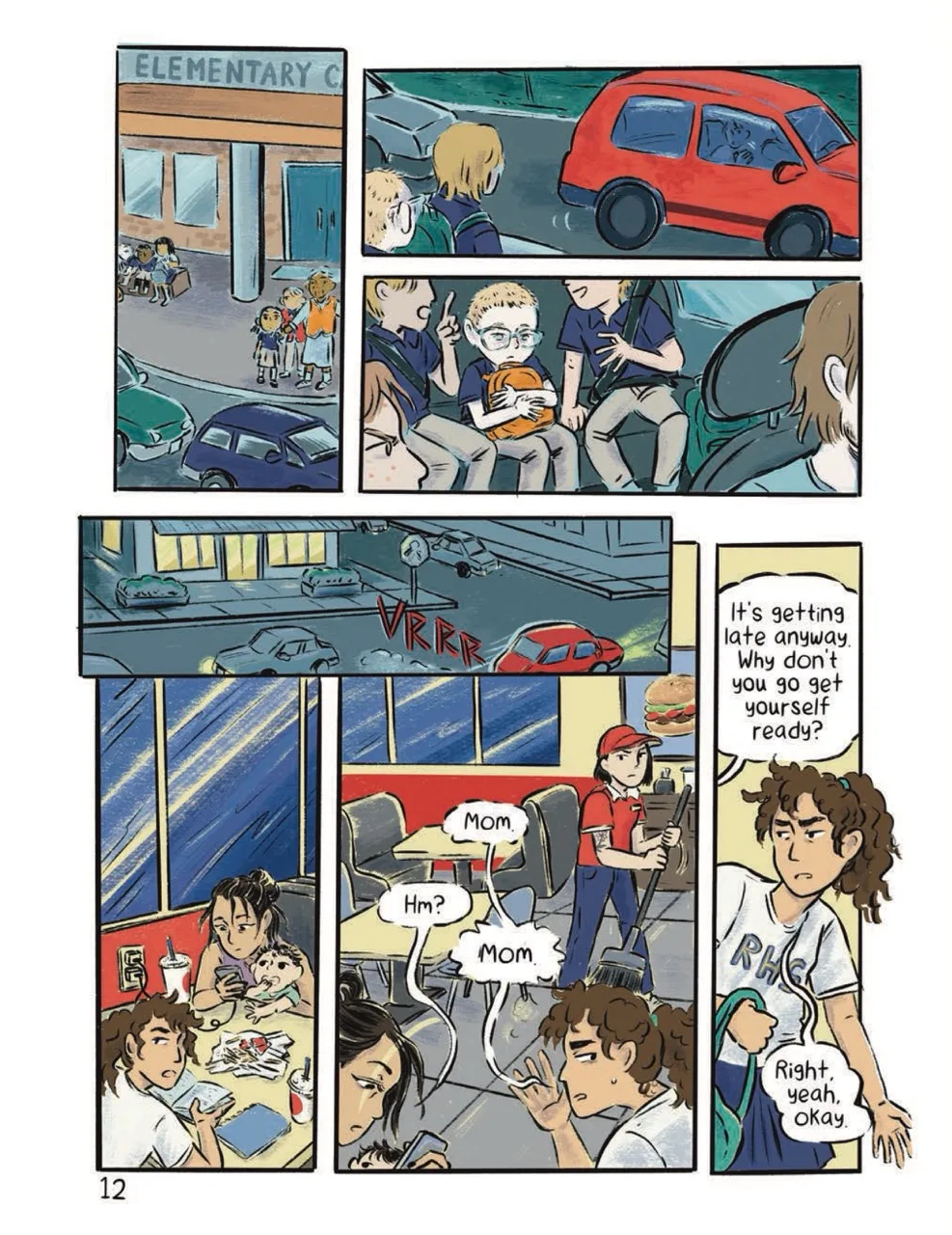
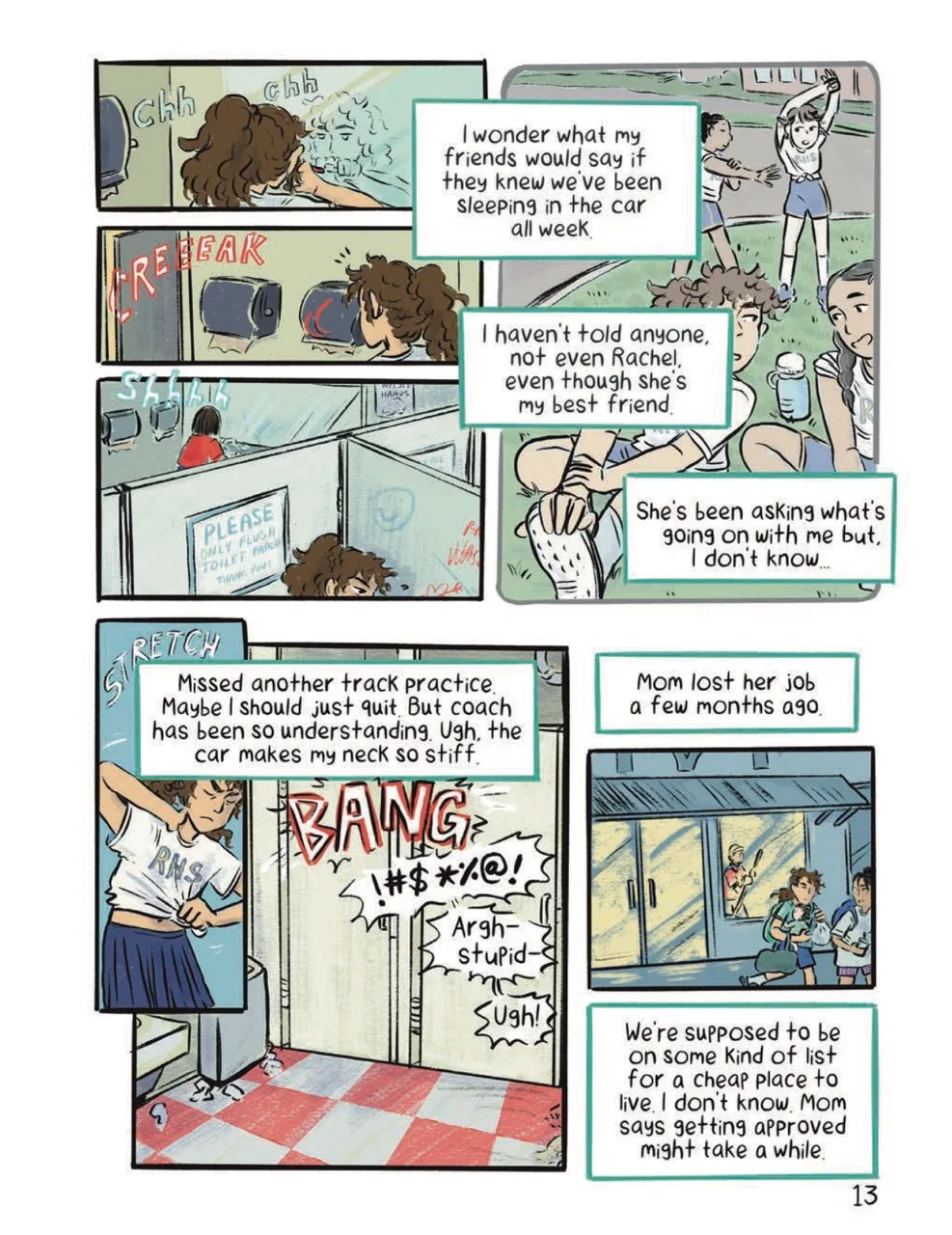

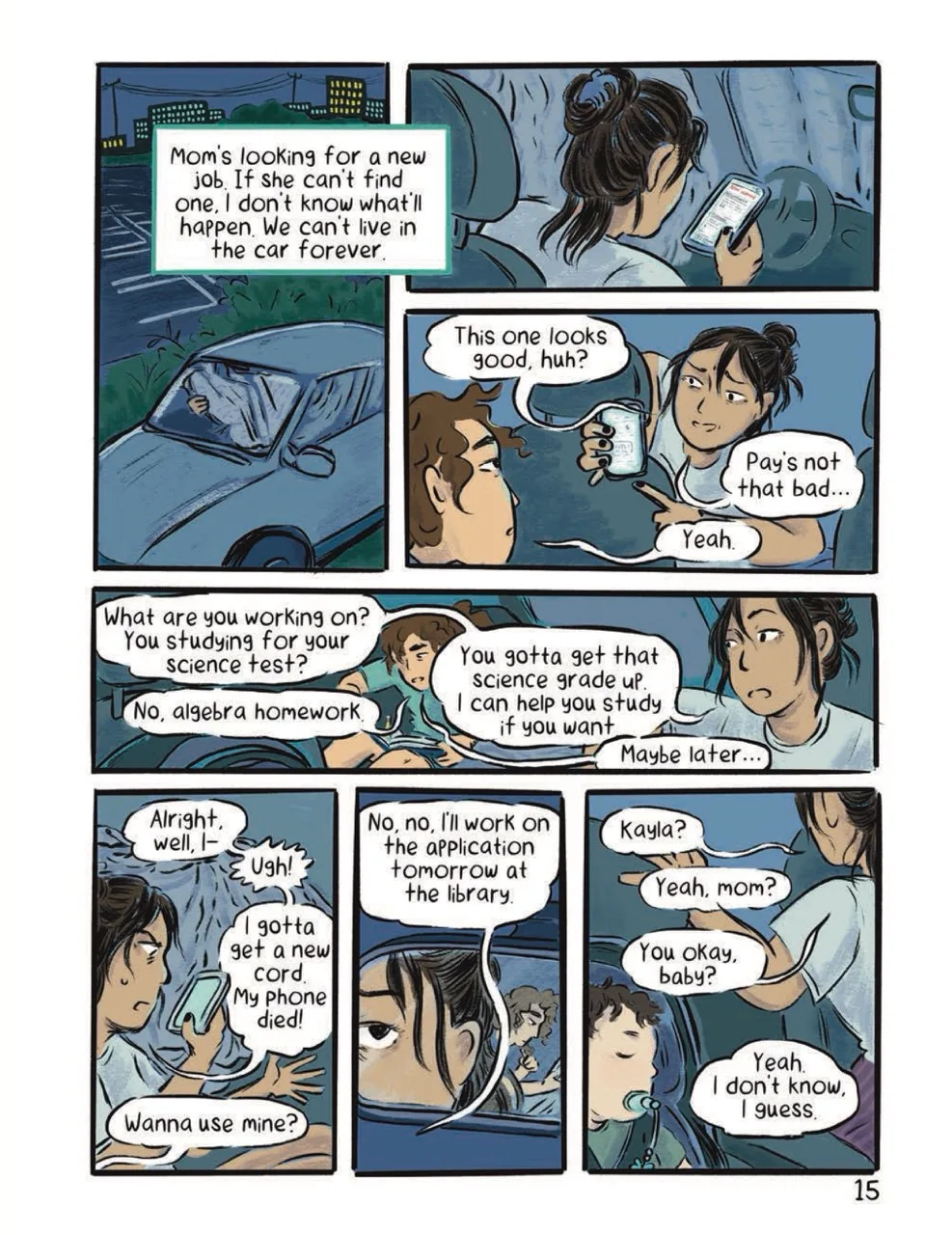
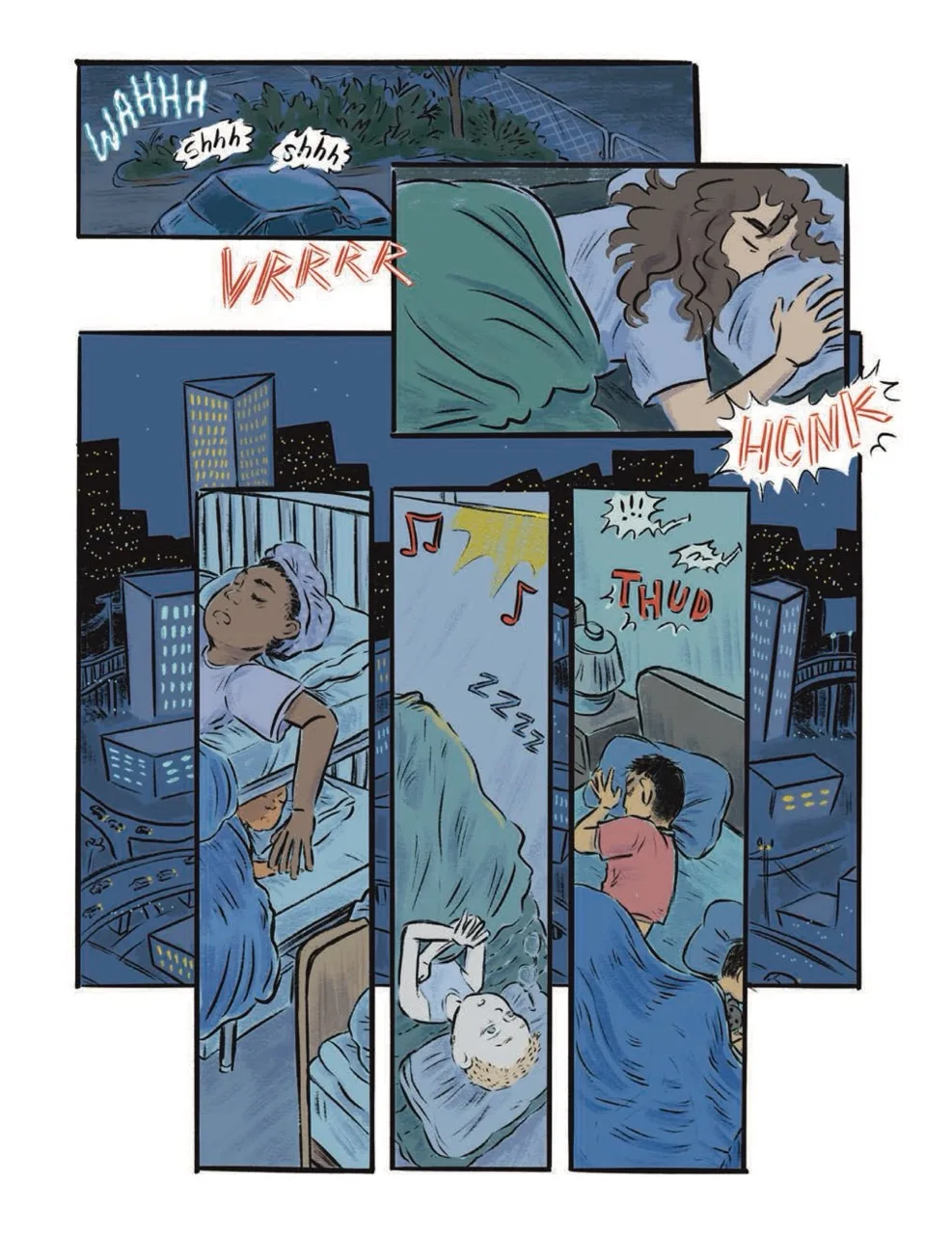
Credits
Written and researched by Alexandra E. Pavlakis, Meredith P. Richards, and J. Kessa Roberts. Written and illustrated by Ashley Robin Franklin, book designed and edited by Kacy McKinney.
Additional resources at the Uprooted: Voices of Student Homelessness website
Afterword
Drawn from years of research, the composite stories you just read - Jackie, Angel, Ben, and Kayla - represent a slice of the varied experiences of student homelessness across the country.
Students who experience homelessness move frequently and are often uprooted from their homes, friends, neighborhoods, and schools. They may spend the night in different places such as motels, shelters, public spaces, or stay with other people - such as friends, extended family, or acquaintances - out of financial need or loss of housing
Contrary to stereotypes, homelessness is not just an urban problem. Students experiencing homelessness live in urban, suburban, and rural areas. These different contexts can shape their access to school and community supports as well as housing resources.
Due to structural racism, homelessness tends to disproportionately affect already marginalized students. Black, indigenous, and people of color (BIPOC), emergent bilingual, and LGBTQIA students are particularly likely to experience homelessness.
Not surprisingly, the educational outcomes of students experiencing homelessness vary: While some outperform their peers, many struggle with social isolation and low attendance, grades, or test scores.
Fortunately, students experiencing homelessness have rights under the federal McKinney-Vento Homeless Assistance Act (42 USC 119, VI, B). Under McKinney-Vento students are considered homeless if they lack a "fixed, regular, and adequate nighttime residence." Their rights include immediate school enrollment, access to resources, and the option to stay at their current school even if they move. McKinney-Vento also requires schools and communities to collaborate to ensure that families know their rights and have access to resources.
Implementing McKinney-Vento can be challenging, especially due to a lack of awareness on the part of some educators, providers, and families about the policy. Furthermore, stereotypes that blame the individual and ignore the structural factors behind poverty, food insecurity, and housing instability also hinder implementation. We hope this comic centers the diverse realities of students who experience homelessness and counters deficit framing and myths.

